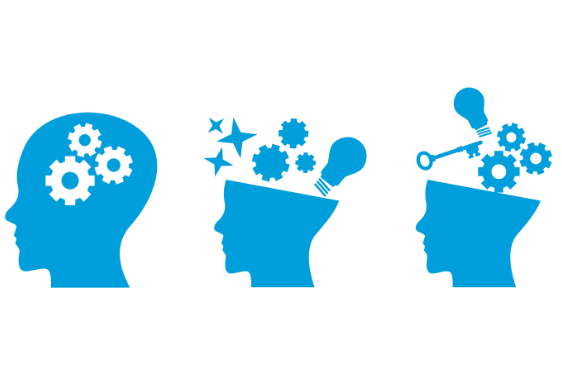A Brief Overview of Nonverbal Communication and Meta-Messages
You’ve probably read or heard from various sources that only about 15% of information in communication is transmitted verbally, while around 85% is nonverbal. In reality, about a quarter of information is conveyed verbally, and three-quarters nonverbally.
Why is nonverbal communication so important in our everyday lives? At the very least, at the beginning of any interaction (including attraction), all information about your greatness is available from only one source—you. If you say one thing but your body shows something else, psychologists call this “incongruence.” In everyday language, it means “something’s fishy.”
Mastery in communication isn’t just about “knowing the language” (Freud would be thrilled), but also about being able to control your body—your states and how you project them. The act of projecting these states is called meta-messaging. More specifically:
What Is a Meta-Message?
A meta-message (from the English “meta-message”—a message containing a description of other messages) in NLP is also understood as a second level of meaning—meta-communication, which usually happens on the nonverbal level. If you look at anyone’s speech through the filter of the question, “What does he think about what he’s saying?” you’ll almost always instantly “read” the answer.
We always pick up on these answers, but we don’t classify them—they remain at the subconscious level. Since this all happens subconsciously, it influences us bypassing our conscious mind.
How to Work with Meta-Messages
To get to meta-messages, you first need to work on your internal states—they need to be the ones you want. Usually, though, our emotions are in control. There’s a technique called the “Circle of Excellence” you can look up online; try it a few times and you’ll get the idea.
Skill One: Eliciting Meta-Messages
The first skill is learning to generate these meta-messages in yourself. The simplest way is to recall a situation from your life that’s memorable for a certain phrase, and mentally say it to yourself. Then, using representation techniques, evoke the emotional state and practice based on feedback (for example, from a camera).
Skill Two: Dividing Control Between Verbal and Nonverbal Communication
The second skill is to train your brain to split control between the verbal and nonverbal parts of communication. In other words, don’t let your meta-message betray you—like telling a story about being tough, while your face says, “Please don’t hurt me.”
Technique for Developing the First Skill (by Philip Bogachev)
- Preparation. Decide whose model you want to study and whose behavior you want to emulate. Ideally, you’ve seen this person live several times, or at least on video.
- Creating the Model Image. Imagine an internal screen slightly above your eye level, about ten feet away. The screen has two halves: on the left is the model you want to emulate, on the right is your own image. Visualize the model in detail—their walk, gestures, facial expressions, even voice intonation and timbre. You can even imagine a 3D rotation, like in a video game.
- Primary Synchronization. Next to the model, imagine your own image (on the right side of the screen). Your task is to adjust your image until it matches the model’s nonverbal cues, posture, facial expressions, and so on. Continue only when the resemblance is complete.
- Secondary Synchronization. Now “start” the model’s movement—let them move, gesture, walk as they normally do. Your image should synchronize with all these movements. Remember: only your image should change.
- Check. Look at your image and ask yourself: Do you like your new behavior? Does it suit you? If yes, continue. If not, it’s better to stop and choose another model. If you’re unsure, take “no” as your answer.
- Integration. Imagine putting on a new skin with these new, amazing behavioral abilities. Give yourself time to complete the process and feel the changes in your body. Thank yourself for successfully completing the technique.
- Test. Stand in front of a mirror and interact with yourself using the new behavior model. You can also talk to friends on the phone or go to the store, trying out this new behavior. If you’re satisfied with the result, start using it in real life.
Practicing the Second Skill
The second skill develops naturally, for example, when you practice telling stories on various topics, using your nonverbal cues to convey the desired meta-messages. The simplest exercise is to talk about the same topic—say, acoustic amplifiers or the art of circuit design—while changing your meta-message every five minutes. Try recording yourself on camera and watching it with the sound off. Practice until your understanding of meta-messages matches the feedback you get from others.
Friends, practice this topic—it’s truly effective!



